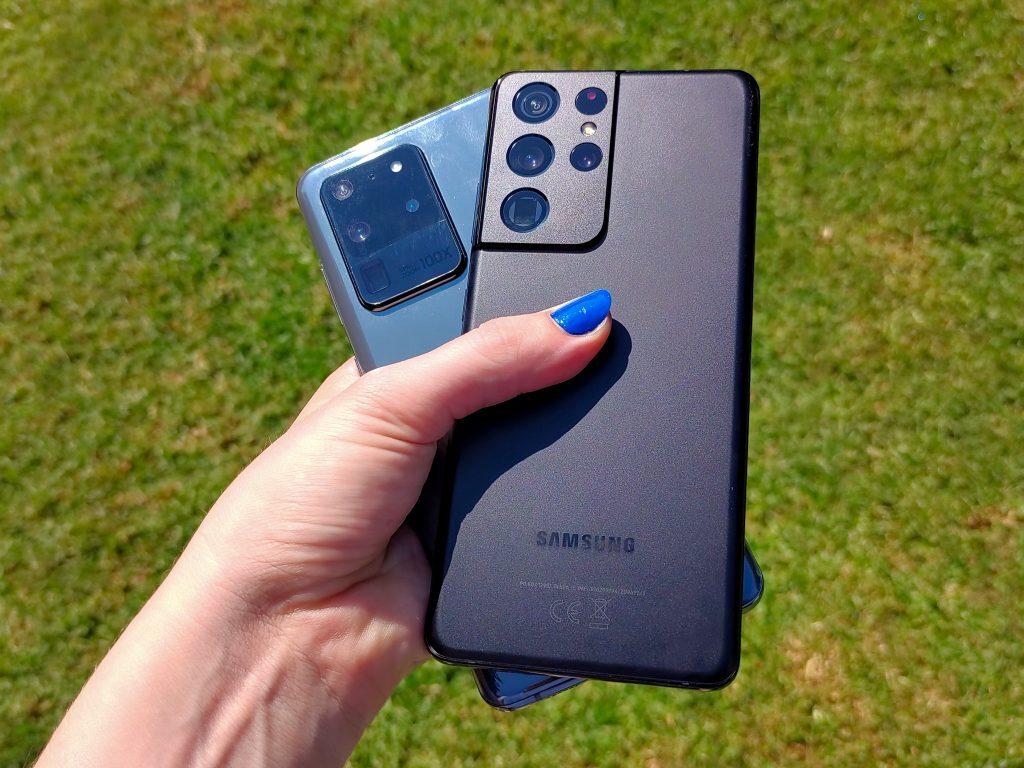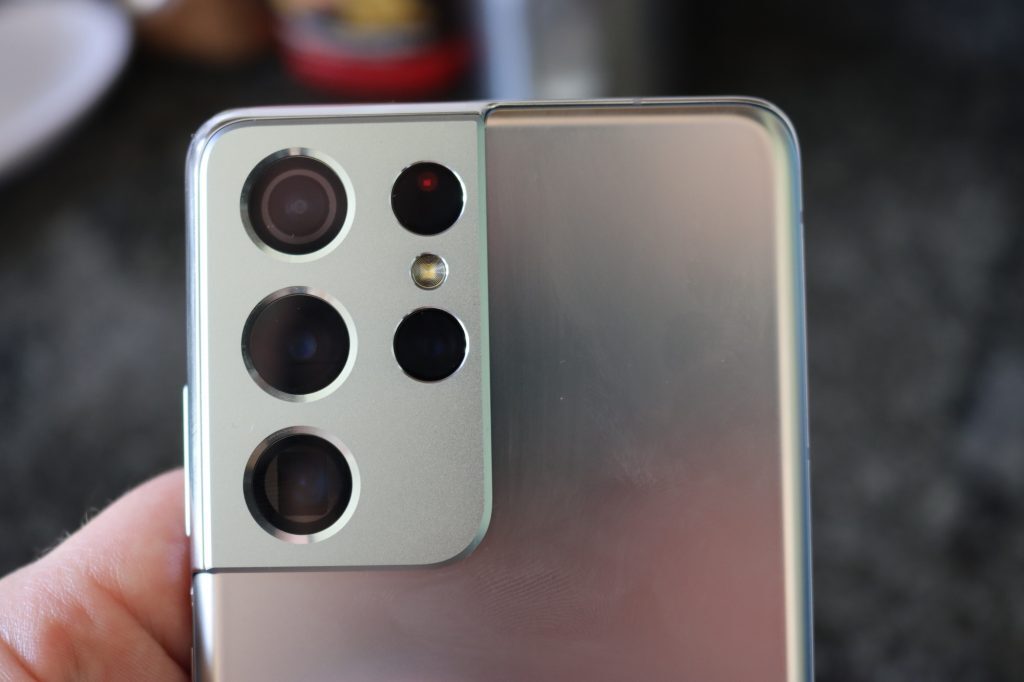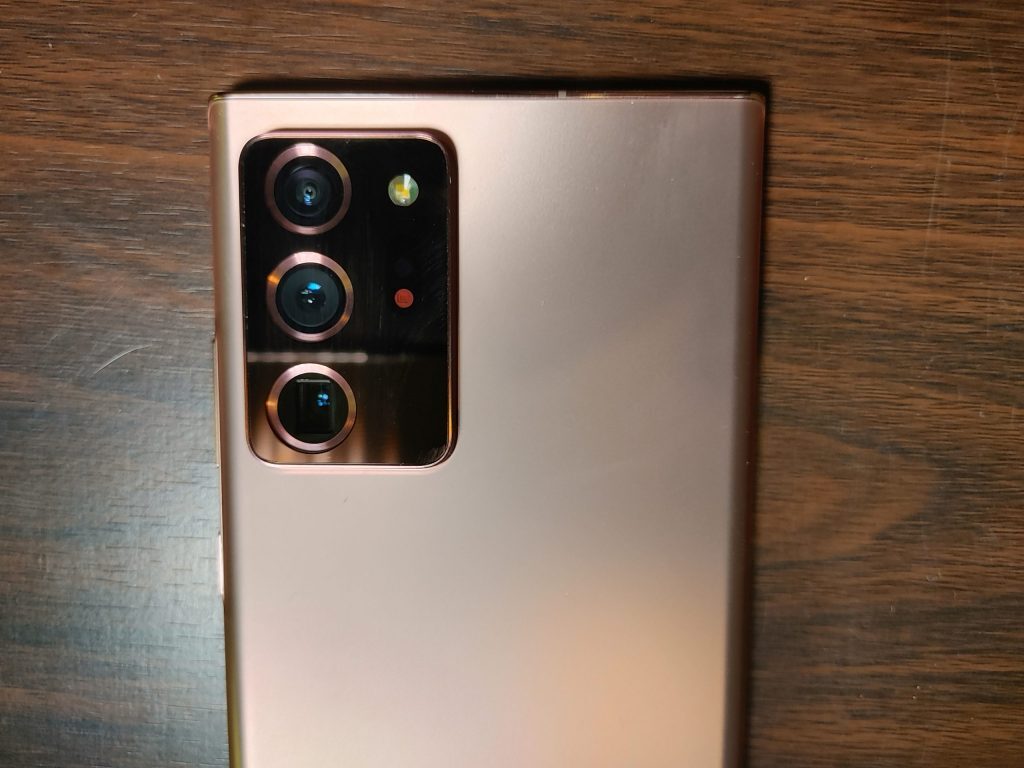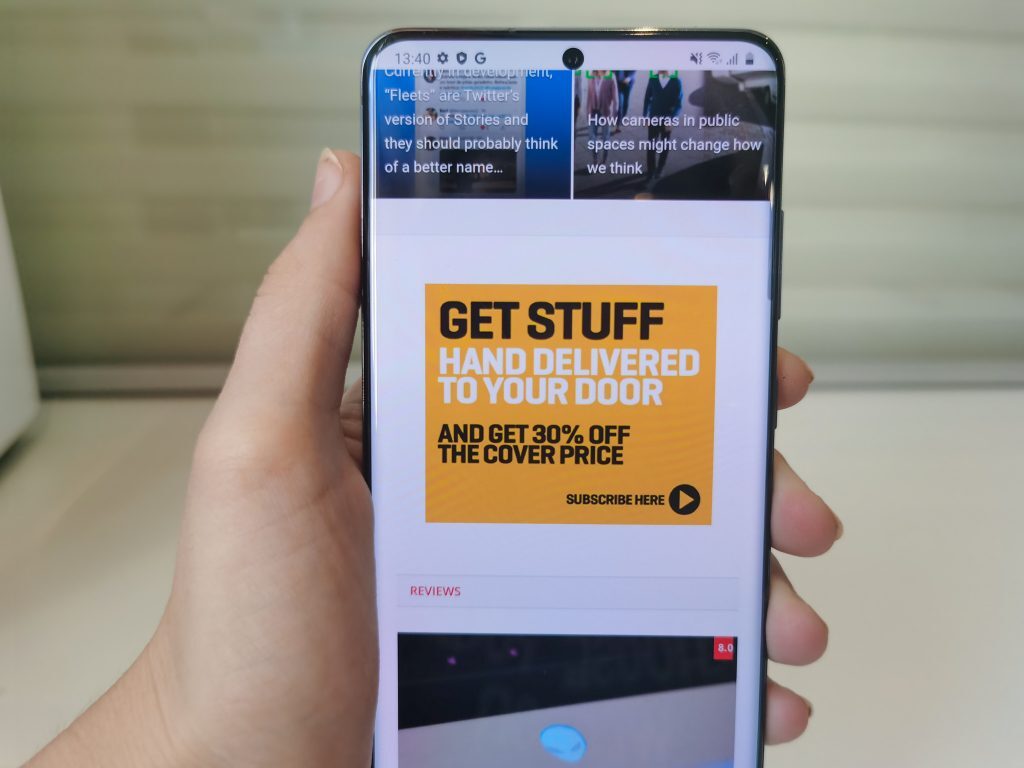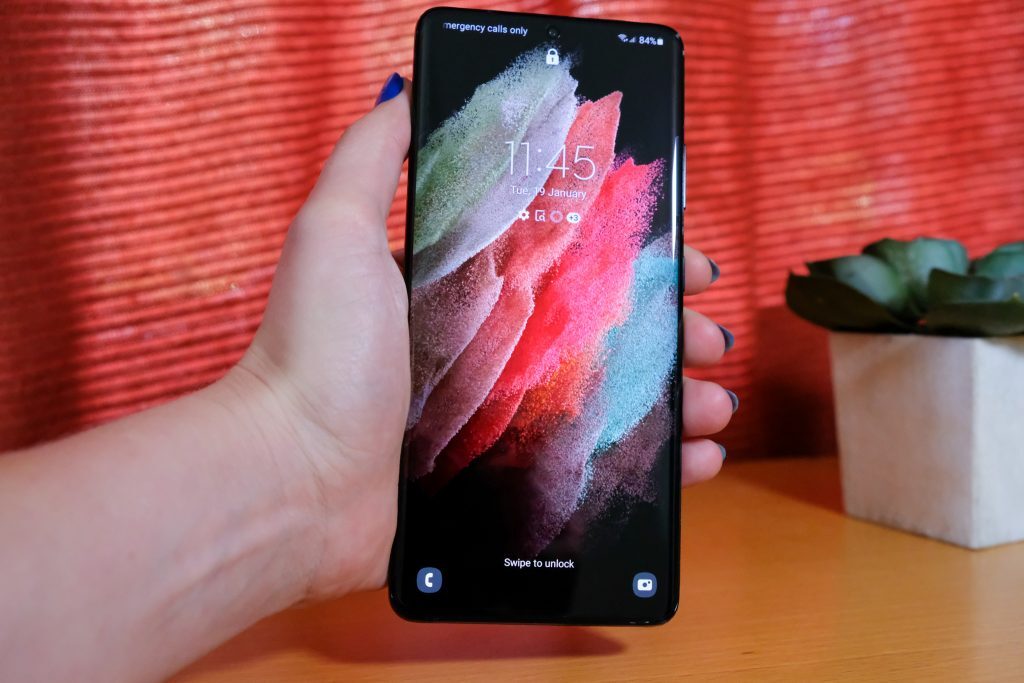Welcome to the battle of the black slabs. Samsung was so eager to launch this yar’s slate of Galaxy devices, that it pushed the reveal event to the second week of January. Maybe it couldn’t wait to show off its next generation of redesigned, revamped, updated or even revolutionary new tech? Let’s see how the new Samsung Galaxy S21 Ultra stacks up against its predecessor, the S20 Ultra.
Both devices dominate in the upper-high-end smartphone market, and it’s clear these aren’t developed for the everyman. The S20 Ultra launched at just over R30,000 early in 2020, while the S21 Ultra is currently retailing for R30,000. These are by no means affordable, and there’s a reason for it — they are packed with some exceptional tech.
That’s beyond the fact that Samsung has established these devices as some form of fashion accessory. Mostly thanks to the company’s increased push on influencer marketing, but if it works, it works.
A little bit of Note
As camera modules grow, with no indications of stopping, the back panel of flagship devices like the Ultras have become… slightly out of control.
The S20 Ultra featured an uncomfortable-looking camera module, housing four camera sensors and a flash. It was the first Samsung smartphone range to include a telephoto lens, and it’s even advertised on the back of the phone. We get it, you’re proud. But can we stop putting branding directly on smartphone bodies? (We’re looking at you, Nokia)
The S21 Ultra, however, adopted a far sleeker, cleaner design format when it comes to the camera module. Remember the Note 20-range launched in late 2020? It’s clear Samsung pulled some serious inspiration from its previous series. The side-mounted camera module still offers some lopsided energy to the device, but it looks cooler, especially in the cosmic black hue.
An exciting addition (and probably one of the most important features to come with the S21 Ultra), if the addition of S-Pen functionality in the range, This is interesting in that it may point to the untimely expected death of the Note series. But let’s not get ahead of ourselves.
The displays are so close in dimension, that it’s challenging to see the 0.1in size difference at all. However, the S21 Ultra has a higher screen-to-body ration, and it shows in its clean lines, making the front look nearly bezelless.
A few downgrades?
Once you overlook the few minor upgrades to its internal hardware, the S21 Ultra is also lacking a few key features that were available on its predecessor.
FIrst, and probably the most insulting, is its decision to omit the SD-card slot in the new generation. It’s by no means a revolutionary choice — iPhones have been SD-slotless for generations. But it is arguably one of the main reasons consumers love Android devices. Having the option to up storage capacity is important in the eye of the user.
That means you’re stuck with the storage capacity you opt for when buying a device. We can no longer opt for the smaller storage-toting (and cheaper) variant and invest in a decent SD card with the new Galaxy range. Please excuse us while we mourn the death of a useful physical feature. Kthanksbye.
Okay, we’re back. And ready to throw a consecutive tantrum because of Samsung’s decision to remove the S21-range’s capability to tap-to-pay using MST. Samsung Pay has long been one of the best features on these devices, giving users the ability to tap and pay with their smartphones on just about any payment terminal. MST allows you to pay on older terminals that don’t have an NFC reader installed. It basically uses some internal magic to trick the terminal into thinking you’ve swiped a card.
This is a massive loss, especially in a country where tap-to-pay facilities have seen a slow uptake. Many vendors in our country still use ancient swipe facilities, which wasn’t a problem for the S20 Ultra to handle, but the S21 Ultra won’t have that luxury.
We also need to mention the fact that the S21 Ultra’s only capable of up to 25W charging, while the S20 Ultra’s here with its whopping 45W charging flex.
Comparing fruits with… fruits
You’re probably all here to read about how these devices compare in terms of performance. And we hate to break it to you… but you won’t really notice any significant difference. At the moment at least.
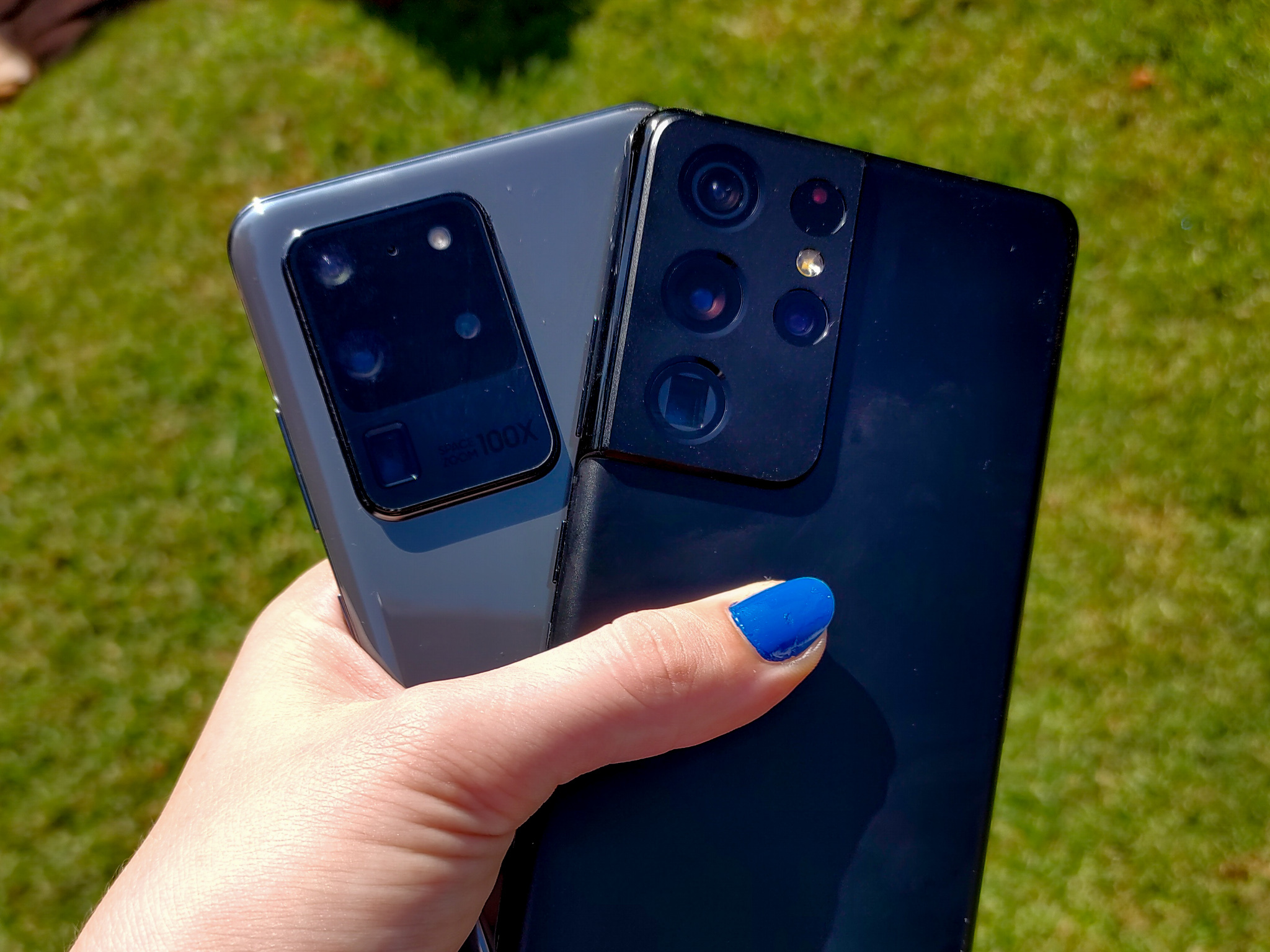 One of our favourite features on both of these, is the sensational Dynamic AMOLED 2X, HDR 10+ displays. Both of these feature a variable 120Hz refresh rate that adapts according to your needs. And they’re phenomenal. The S21 just features 1,500nit brightness while the S20 sits at 1,400nits.
One of our favourite features on both of these, is the sensational Dynamic AMOLED 2X, HDR 10+ displays. Both of these feature a variable 120Hz refresh rate that adapts according to your needs. And they’re phenomenal. The S21 just features 1,500nit brightness while the S20 sits at 1,400nits.
When it comes down to raw processing power, the S21 will come out victorious — but that’s just thanks to its more powerful Exynos 2100 5nm processor. The S20’s fitted with a slightly less-so powerful Exynos 990 which is 7nm in size. In real-world use, however, it’ll be fairly hard to distinguish between the two when it comes to power.
Both run all apps and games at peak-levels, and there are no noticeable lag or software issues in either. Of course, the S21 leaves the box with Android 11, but the S20 already received its Android 11 update in SA.
Galaxy S20 Ultra vs S21 Ultra Verdict
If you used these two devices side-by-side, with only the front panels visible, there would be no reason for you to dismiss the S20 Ultra as the older version in this range (full review here). Both run exceptionally well, although we may see power dropoff on the S20 in a few years. Still, most of the insides are identical.
Turn your eyes to the backs, however, and it’s clear the S21 Ultra’s the more stylish smartphone (full review of that, including a detailed look at the camera features here). It’s clear Samsung went for a more mature look and feel without trying to think too much about it. The S21 is the prettier phone, but you won’t get a smartphone cover included in the box upon purchase (along with the omission of a charging adaptor and earphones), which makes carrying it around slightly terrifying.

